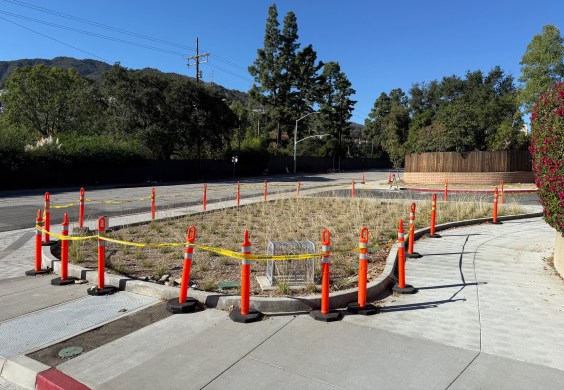The Fix 5 Cascade Gateway is one of a series of projects that are "restoring Interstate 5 through parts of Redding and Shasta County," according to Caltrans' District 2 website. The main way this project will "restore" I-5 is by widening it by a lane for a few miles north of the city of Redding.
"This will allow more room to merge traffic at the on and off ramps while helping to reduce merging conflicts at multiple state routes that intersect in this area," says the website. It uses the term "auxiliary lanes" to describe the additional lane between interchanges and says it "will provide a much smoother flow of traffic in the area over Hilltop Drive, a busy retail area in Redding."
Other improvements include drainage, guardrails, and an updated median barrier. Six bridges will also be widened.
That's about the sum total of the information available publicly. To find out more about why the highway needs to be widened at all, one would have to attend the public meeting.
In the context of a state that claims it wants to invest in encouraging sustainable transportation, and is backing away from highway widenings that encourage car travel, there are many questions to ask.
One question is where the funding for the plan would come from and how much is needed. If Caltrans plans to use State Highway Operations and Protection Program (SHOPP) funds, how are they planning to square that funding with restrictions that say it can only be used for maintenance and repair? A hint may be found in that term "auxiliary lane." It's a loophole in the SHOPP guidelines that has allowed other parts of the state - notably in the Los Angeles area - to try breaking up highway widening projects into small pieces to avoid environmental review and funding rules, with the end result being miles of new highway lanes.
Widening highways encourages more driving - but worse, it puts the state in a situation where it must spend more money to maintain more miles of highway long into the future, and it starves better investments in sustainable modes. Transit's fiscal cliff? Not the problem of the road builders of California.
Another question to ask about "Fix 5": what are the other projects in this "program"? Is it a series of short-ish lane additions that will add up to a wider highway all the way to the Oregon border? Once the highway is wider as far as Shasta Lake, will that be a new "bottleneck" that planners will want to "fix" to "reduce merging conflicts and congestion, maintain reasonable and efficient traffic operations, and improve safety for users and workers," as this project puts it?
The public meeting checks off a box for public input, required under the terms of SHOPP and other funding sources. Even if only a few people show up, that box will be checked. But there are still many questions that need answering:
-- How many vehicles use this segment of I-5? Are there regular traffic backups on this road now?
-- What are the transportation trade-offs for this community and the state? Could the Shasta region use this money to meet other transportation challenges? Are there other pressing safety concerns in the area that are not being addressed for lack of funding?
-- Does it make sense to spend money to speed vehicles through the region instead of improving transportation movement within it, where it has a bigger local impact?
-- How did the decision to widen this stretch of highway come about? Is it a case of local highway planners looking for ways to get around funding and climate restrictions on highway building and forging ahead?
-- Snow can be a problem in this area, infrequently. Wouldn't vehicles be just as stuck with one lane, or two, or three? Wouldn't another lane just mean more snow plowing would be needed? How would adding a lane help in this situation? Could a snow emergency/backup be addressed better in another way?
One thing that needs to happen soon is that Caltrans District 2 needs to make these answers available to the public, especially local residents. A single public meeting is only a start.
The meeting will take place on November 15 from 4 to 6:30 pm in Redding, at 1015 Butte St.
Those who cannot attend can email comments to d2pio@dot.ca.gov, even if based only on the minimal information available on District 2's Facebook page and website.






